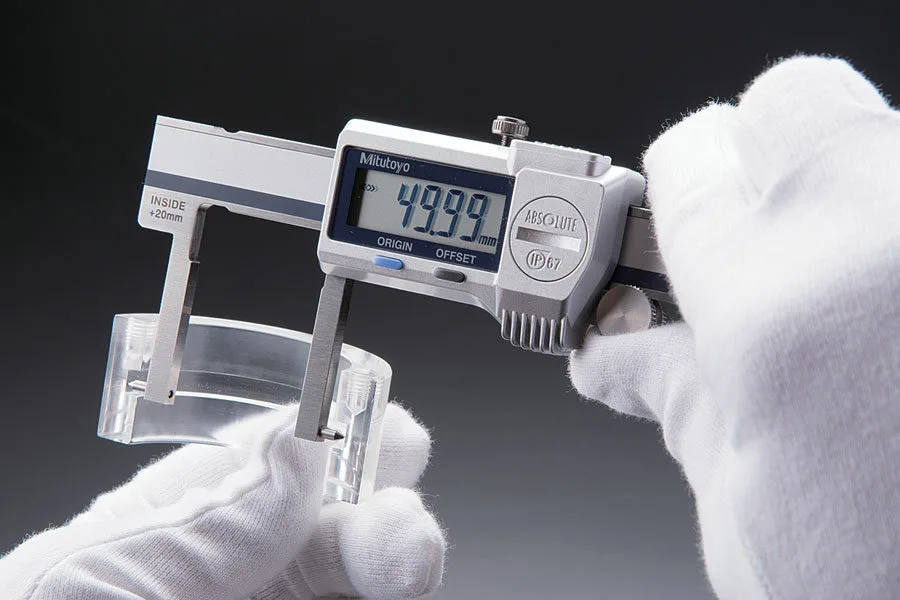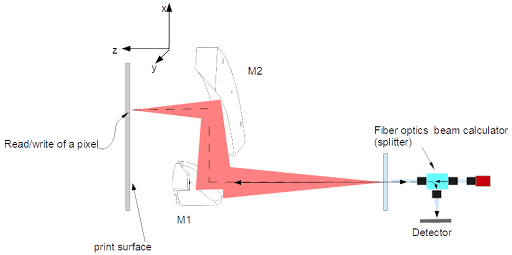
Standards in Additive Manufacturing (AM)
Introduction
As additive manufacturing (AM) progresses towards production applications, the importance of having comprehensive standards covering all aspects of AM technology becomes essential. These standards encompass various areas, including the manufacturing process, feedstock, file structure, part quality, yield, and more. Several standard agencies, such as ASTM (formerly known as the American Society for Testing and Materials), ANSI (American National Standards Institute), ASME (American Society of Mechanical Engineers), FAA (Federal Aviation Administration), CEN (European Committee for Standardization), NASA, and others, define AM standards for different industries. In this study, our focus will not be on defining new standards but rather on utilizing existing standards and methods to assess the quality of AM machines and parts. Additionally, we will provide you with tools to determine the performance limits of your SLS/SLM 3D printer, with a specific emphasis on dimensional and microstructural integrity of AM parts. The international tolerance ISO-286, which falls under the ISO’s Geometrical Product Specifications – GPS, will be chosen as a reference for dimensional tolerances. ISO-286 is a comprehensive standard that covers both additive manufacturing (AM) and subtractive manufacturing (SM) techniques, making it an appropriate benchmark for comparison with other technologies. To evaluate structural integrity, we will analyze the consistency of material bonding and employ our own analysis tool.
Comparison of AM with Other Industries
Table 1 below illustrates how standards enable consumers to assess product performance. This prompts an important question: would you purchase a Tesla car if its range per charge were only 50 miles?
How AM compares to other industries Table 1 demonstrates how standards apply for the consumer to gauge product performance. This leaves us with an obvious question: would you buy a Tesla knowing that the range is 50 miles per charge?
| Product | Cost | Blue sky Standard | Performance/Standard | Standard code |
|---|
| Tesla car | 50,000 USD | 2000 miles per charge | 350 miles per charge
| EPA |
| CNC machine | 25,000 USD | ±10 micrometers | ±20 - ±40 micrometers
| International Tolerance under ISO 286 |
| SLM 3D printer | 50,000 - 1,000,000 USD | ±10 micrometers | No standards are published
| International Tolerance under ISO 286 |
Table 1
We will introduce standards in AM concerning print accuracy and Microstructural Integrity (MI). In order for AM to transition into a manufacturing context, performance specifications need to be clearly defined. By the end of this study, you will have the necessary tools to evaluate the performance of your printer in comparison to subtractive manufacturing technologies such as CNC milling, as well as other 3D printers. The study is divided into six chapters.
Summary: The Lens-Free Optical Scanner (LFOS) introduces a paradigm shift in 3D printing by offering a single, integrated solution for both precise material deposition and real-time quality control. This innovative, multifunctional technology transcends the limitations of conventional systems by maintaining consistent energy density across the entire work surface. This ensures exceptional printing accuracy and eliminates…
Part 3 – Calculating positioning errors for your AM printer Part 1-2 recap: The additive manufacturing (AM) consumer is very enthused. They can pay 500,000USD for a printer without having a tolerance spec sheet for the printer Subtractive Manufacturing (SM) needs to deal with part accuracy only while AM needs to deal with part accuracy…
Part 2 – Identifying the source for the errors and how they propagate Part 1 recap: The additive manufacturing (AM) consumer is very enthused. They can pay 500,000USD for a printer without having a tolerance spec sheet for the printer Subtractive Manufacturing (SM) needs to deal with part accuracy only while AM needs to deal…
As additive manufacturing moves towards production, standards covering all aspects of AM technology become necessary. Standards cover many aspects, such as process, feedstock, file structure, part quality, yield, and more. Over half a dozen l standard agencies defined AM standards for various vertical industries. The issue is with standards adaptation rather than with defining new…





